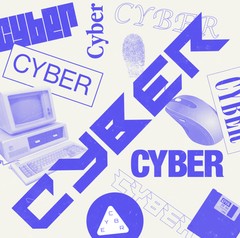Image: Walter Bibikow
Hacking. Disinformation. Surveillance. CYBER is Motherboard's podcast and reporting on the dark underbelly of the internet.
Advertisement
All of these types of multi-factor authentication tokens can be phished or otherwise hijacked in some form. SIM swapping, where a hacker may trick or bribe a telecom employee into redirecting a victim's text messages to the hacker's own phone, is often the technique used to grab someone's password or login token. A phishing site can also request a user's code generated by apps such as Google Authenticator. More recently, some underground services have offered automated phone calls to victims that ask them to provide their one time passcodes too. The OMB official said that multi-factor authentication systems that rely on push notifications can also be phished, because the malicious site can trigger those pop-ups to appear and ask the victim to approve the login attempt.Do you work in a government agency on cybersecurity? We'd love to hear from you. Using a non-work phone or computer, you can contact Joseph Cox securely on Signal on +44 20 8133 5190, Wickr on josephcox, or email joseph.cox@vice.com.
Advertisement

